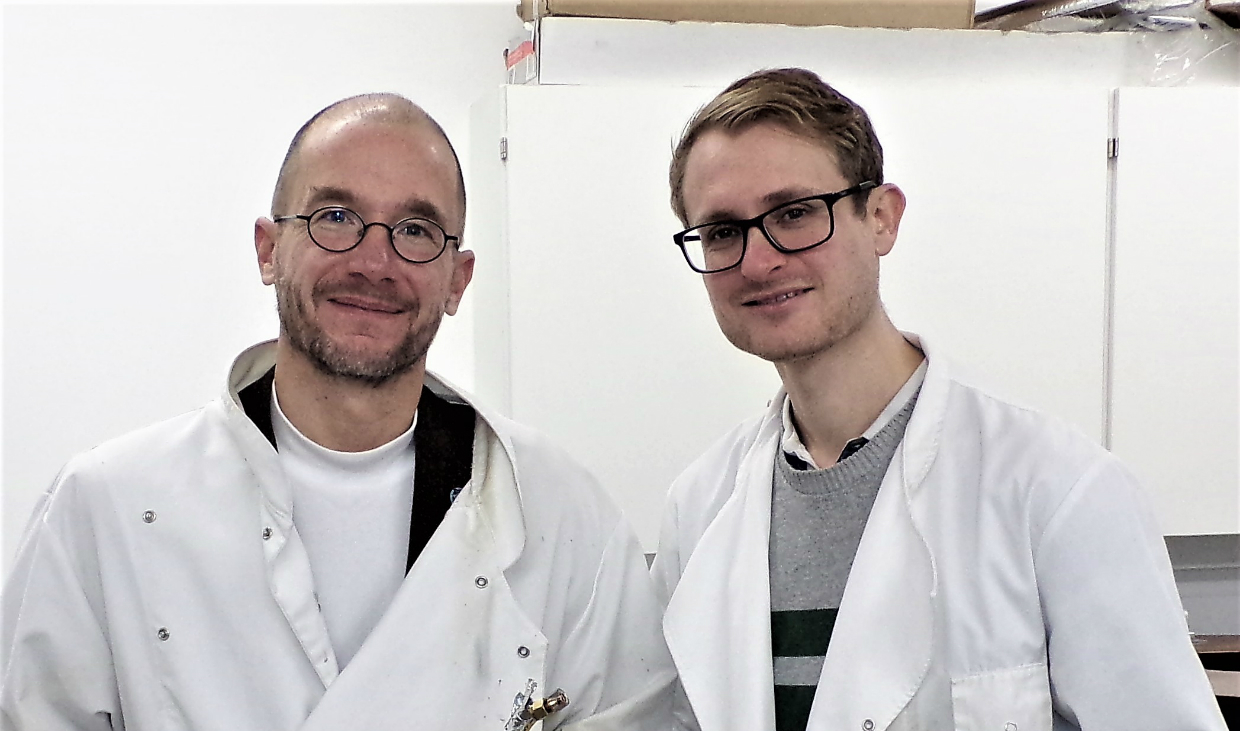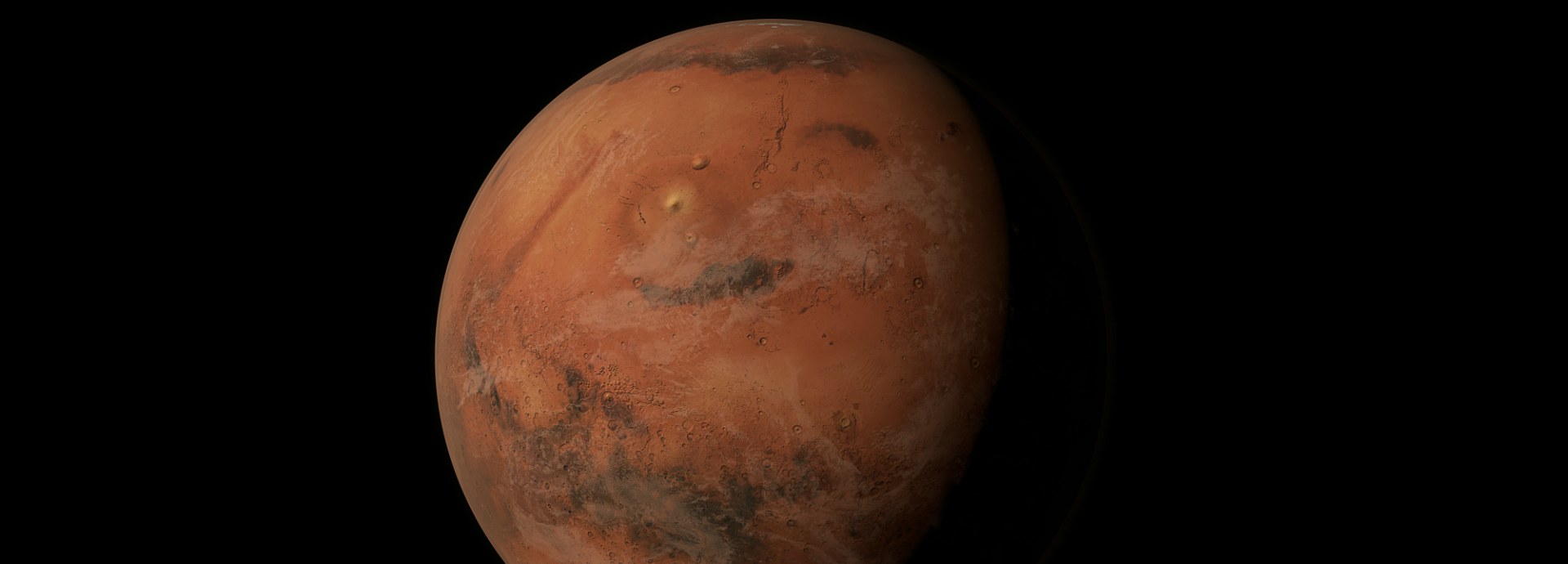Two University of Stirling scientists are working on NASA’s latest mission in an attempt to understand more about the formation and early evolution of Mars, Earth and other rocky planets.
Dr Axel Hagermann and Dr Nicholas Attree, of the Faculty of Natural Sciences, will work on the Interior Exploration using Seismic Investigations, Geodesy and Heat Transport (InSight) mission, which will land on the Red Planet at around 8pm UK time today (November 26).
InSight, which launched from Vandenberg Air Force Base in California on May 5, 2018, will measure the “vital signs” of Mars, which formed 4.5 billion years ago. The mission will study the deep interior of Mars, collecting data on its pulse (seismology), temperature (heat flow) and its reflexes (radio science). Scientists hope that, by comparing Earth’s interior to that of Mars, they will better understand the origin and evolution of the solar system.
Dr Hagermann and Dr Attree are part of the team that will study data garnered from the Heat Flow and Physical Properties Probe, better known as HP3. They will use numerical models to estimate the effect that historic freak climate changes might have on the heat flow measurements.
“It is exciting to be involved in the NASA InSight mission,” Dr Hagermann said. “Today’s landing is a milestone in this major project, which aims to shed new light on the formation and early evolution of Mars and other rocky planets, including Earth.
“Our team will measure the heat coming through the surface of Mars, as well as the level of heat retained. We will also look at the physical properties of the crust, its thermal conductivity and the level of radioactive elements within it.”

Dr Axel Hagermann (left) and Dr Nicholas Attree (right) are working on the NASA mission to Mars.
Managed by the German Aerospace Centre, the self-hammering HP3 probe will burrow between three and five metres (10 to 16 feet) into the Martian soil – 15 times deeper than any previous hardware on Mars – over the course of about 30 days to measure the heat flow from the planet’s interior for the first time.
By combining the rate of heat flow with other InSight data, the team will be able to calculate how energy within the planet drives changes on the surface, such as planetary evolution and the shaping of mountains and canyons.
Dr Hagermann is also working on the Japanese-led Hayabusa2 mission, which delivered a lander onto the surface of the primitive asteroid Ryugu last month.
Dr Hagermann – the only UK-based scientist on Hayabusa2 – is co-investigator on the Thermal Infrared Imager, which will study the temperature and thermal inertia of the asteroid. He will also help analyse data from a radiometer on the German-built lander and use this information to recreate the exact conditions of the asteroid surface in the Planetary Ices Laboratory at Stirling.
Read more about the NASA InSight and the Hayabusa2 missions.
Background information
Media enquiries to Greg Christison, Communications Officer, on 01786 466 687 or greg.christison@stir.ac.uk

